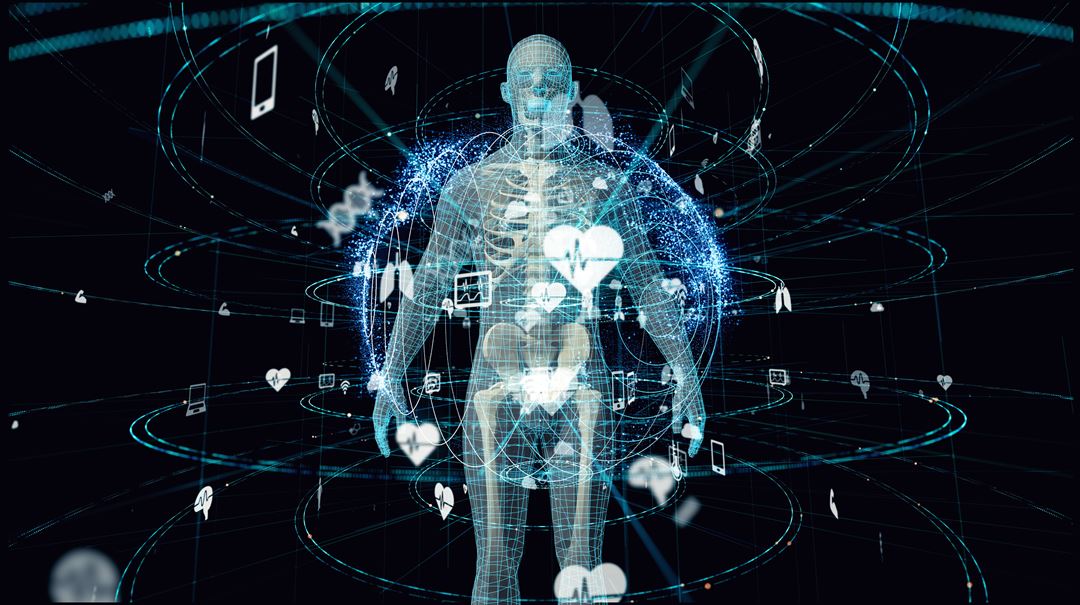What can we measure using sensors?
Sensor technology enables us to obtain data on human movement and physiological parameters such as heart- and respiratory rate, blood pressure and body temperature. SINTEF has researchers with knowledge from both technology and biomedical disciplines, with specific competence within the domains sensor monitoring, physiology, movement analysis, instrumentation, software platform development, signal processing and machine learning. We can utilize already existing off-the-shelf sensors, or we can develop new sensor systems from scratch.
From chronic diseases to elite sports
When we talk about measuring human performance, the first thing that comes to mind is often an athletic achievement. However, objective data on performance and outcome is not only important to competitive athletes. To monitor and evaluate performance capability is also essential for patients who are undergoing rehabilitation after injury or illness, as well as for individuals living with chronic diseases or long-term side effects of treatment. Thus, sensor technology can be used to address performance across a broad spectrum. The aim may vary from improving a detail in technique that can help an athlete to secure that Olympic gold, to tailoring a rehabilitation programme that enables an individual to cope with activities of daily living after a stroke.
Independent of laboratories
Perhaps the greatest benefit of using wearable sensors or video-based sensor systems for data collections on human movement and performance is that we can get data from natural environments. The advantage of data collections in a laboratory is that you have a high degree of precision and can control the surroundings. However, this also imposes significant constraints regarding the clinical or practical interpretation of the data. In real life, we are always influenced by our environment. For example, there is a world of difference between measuring a cyclist’s capacity on an ergometer in the lab, and monitoring performance outdoors where weather conditions, terrain and road surface will play a role.
Measurement over time
Another aspect of great value, especially using wearable sensors, is that they give us the opportunity to monitor different parameters over time. Imagine you are in the doctor's office measuring your blood pressure. The measurement gives a status at that specific time - a snapshot. But you do not know how your blood pressure vary for the rest of the day. To obtain realistic measurements, we need technology that can measure over time and at the same time is as little disruptive as possible for the user. This is possible today using a whole series of wearable sensors that can be attached to our bodies or our clothes. Your smart watch is a good example. How often are you aware that you are actually wearing it?
